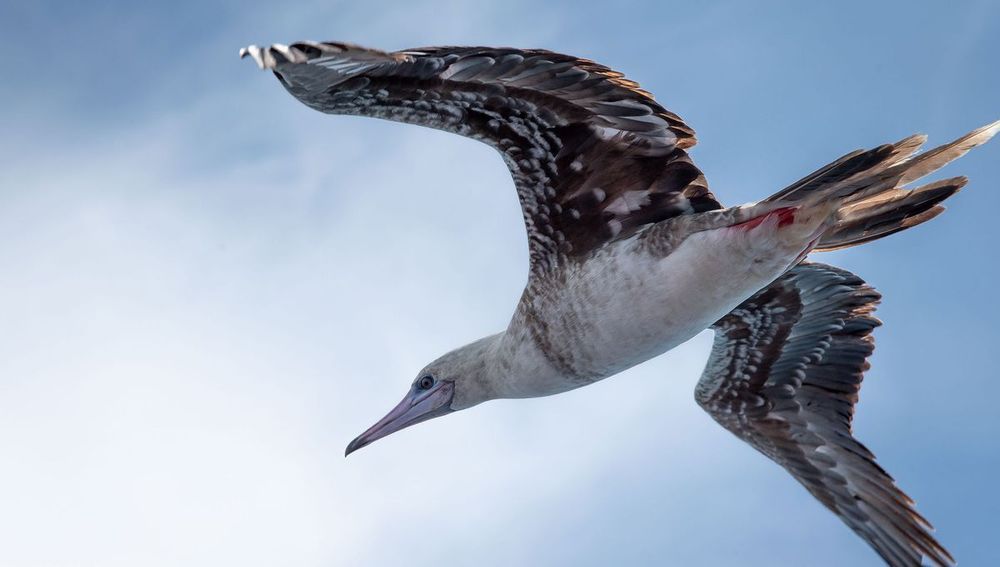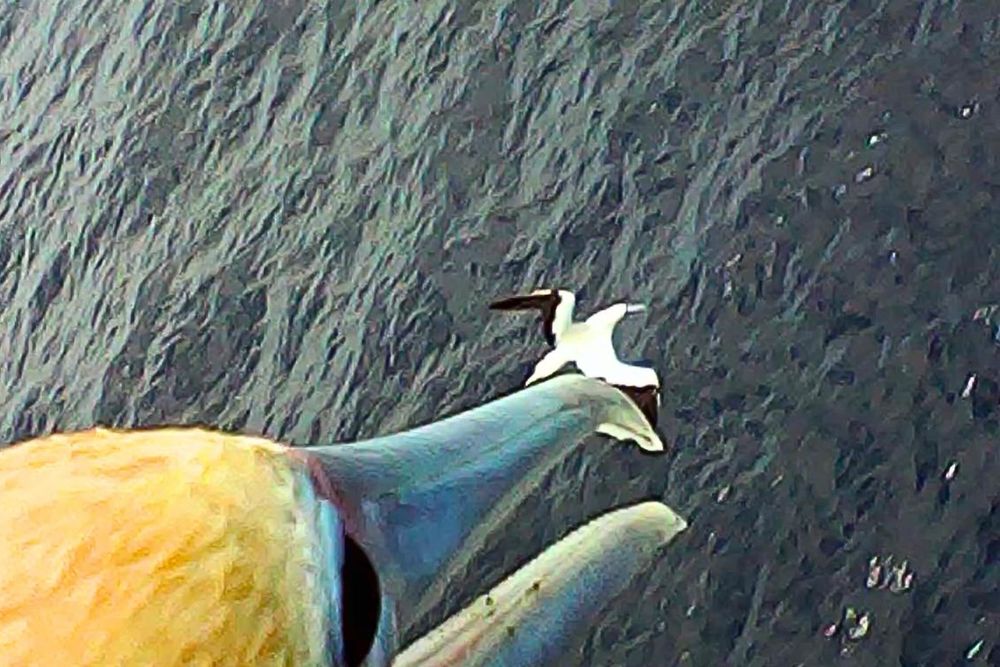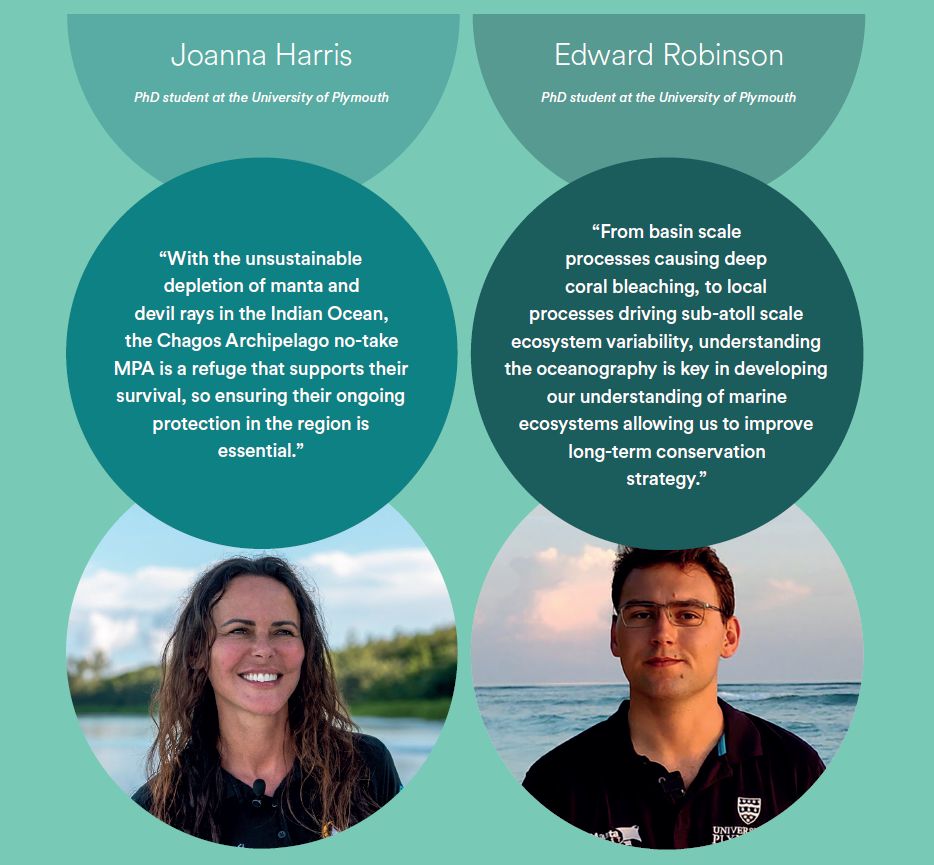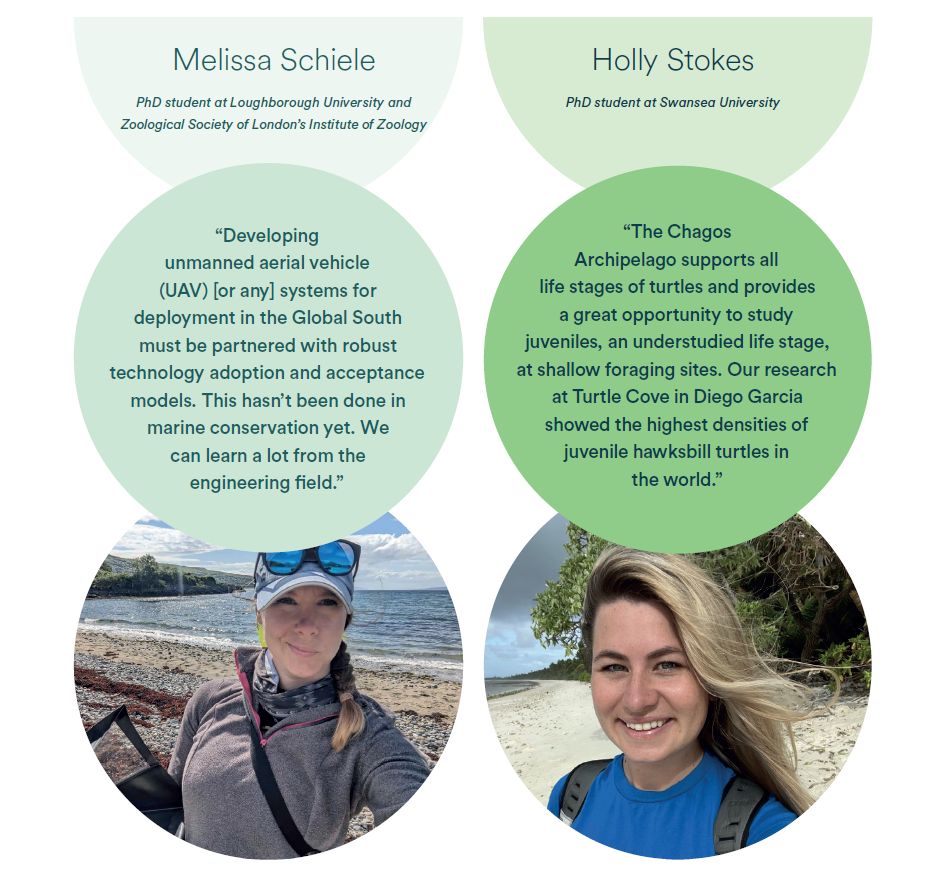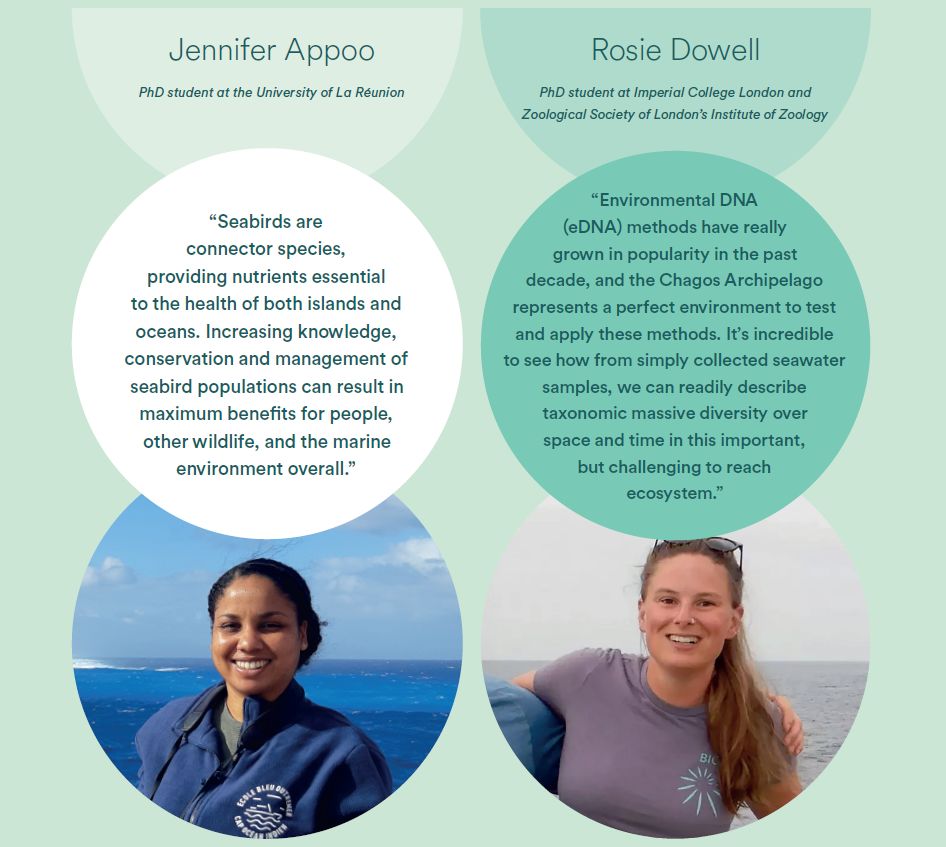
ShoalBase | Join, Explore, Contribute Now
ShoalBase offers a global database on fish social behaviour, supporting research, conservation, and ecology through community contributions and visual data mapping.
🧵1/9 There are 35,000+ fish species, but we have formal social-behaviour classifications for a tiny fraction. Most knowledge lives in the experience of researchers, fishers, divers, aquarists, naturalists, and Indigenous communities, but almost none of it is centralised. So we built ShoalBase.org.
25.11.2025 13:10 — 👍 28 🔁 20 💬 2 📌 3

Nominations for #WSC4 Keynote Speakers are open! ✨🌊
Early-career voices encouraged!
📍WSC4 In-person & Hybrid: 7–11 Sept 2026, Hobart, Tasmania
🔗 bit.ly/3Jv71c9
#seabirds #ornithology
17.11.2025 16:32 — 👍 8 🔁 4 💬 0 📌 0

✈️ WSC4 Travel Awards are here!
Supporting students, early-career researchers & conservation practitioners to attend the 4th World Seabird Conference.
📅 Apply 1 Oct 2025 – 15 Jan 2026
More info on the Registration page.
🔗https://bit.ly/4nAYG4j
#WSC4 #Seabirds #Research
06.11.2025 16:24 — 👍 7 🔁 6 💬 0 📌 1
NEW PAPER in #ornithology summarizes why #seabirds are so important to the ecosystem of #islands and what knowledge gaps remain: buff.ly/rHuNnOr
06.11.2025 07:23 — 👍 20 🔁 8 💬 0 📌 0

©️Photo by Quentin d’Orchymont
New paper by @entropie-marinelab.bsky.social and @iomarinescience.bsky.social is out! 🐦🌊
#Genomics uncovers striking genetic #differentiation and taxonomic uncertainties in a tropical #seabird across the Western Indian Ocean. 🧬
Learn more 👉 doi.org/10.1111/ddi....
01.11.2025 11:27 — 👍 6 🔁 4 💬 0 📌 0

Schematic diagram of the influence of seabirds on temperate and tropical near-shore marine systems.
Temperatre systems:
- Nutrient enrichment and predation on herbivorous invertebrates can lead to increased algal production
- Phytoplankton communities change, featuring more large-celled species
- Intertidal organisms incorporate seabird-enriched material by grazing on detritus and biofilm in tidepools
- Macroalgae biodiversity and primary production are boosted
Tropical systems:
- Mangrove leaf nutritional quality increases
- Corals recover faster after bleaching events
- Fish biomass increases across different trophic groups
- Pelagic and benthic consumers' foraging behaviour shifts
- Parrotfish grazing and bioerosion rates increase
- Fish grow larger
New in @natrevbiodiv.nature.com: our review of the influence of #seabirds, via their nutrient transfer, on islands & adjacent marine ecosystems 🐦🏝️🪸
We highlight knowledge gaps & future directions ✨
"The circular seabird economy is critical for oceans, islands and people": doi.org/10.1038/s443...
27.10.2025 07:49 — 👍 68 🔁 37 💬 3 📌 0

Temporal Variation in Early-Life Conditions Impacts on Later-Life Levels of Infection in Sex Specific Ways | doi.org/10.1002/ece3... | Ecology and Evolution | #ornithology 🪶
03.10.2025 09:30 — 👍 24 🔁 9 💬 0 📌 2

Title and author list for the synthesis paper titled "Understanding and Predicting Population Response to Anthropogenic Disturbance: Current Approaches and Novel Opportunities" published in Ecology Letters.
The latest paper from the DISCAR synthesis group is out at Ecology Letters! We discuss the key approaches to predicting human impacts on wildlife populations, highlighting avenues for incorporating indirect effects, such as energetic modelling. doi.org/10.1111/ele....
23.08.2025 10:40 — 👍 50 🔁 26 💬 2 📌 2

A simple landscape illustration with a grey-green ocean, a dark grey rocky islet partly covered by orange lichen and a light grey overcast sky. On and around the islet are seabirds of several species, most pictured realistically in colour. The largest bird is a now-extinct great auk, depicted as a semi-translucent white ghost figure.
#SciArtSeptember 1: Islet
Somewhere in the waves of Barents Sea, a rocky islet acts as a perch for seabirds. Puffins, guillemots, razorbills and skuas are still here, though threatened by heating oceans and spreading disease. With them sits a lonely ghost of a great auk that once roamed these seas.
01.09.2025 11:18 — 👍 833 🔁 267 💬 11 📌 7

These Majestic Seabirds Never Stop Pooping
You know this story is going to be a good time because my editor told me the first draft had too many instances of the word "poop" www.nytimes.com/2025/08/18/s... 🧪 (featuring Leo Uesaka, @ruthedunn.bsky.social and @movementecology.bsky.social)
18.08.2025 17:16 — 👍 25 🔁 3 💬 1 📌 1

Large marine protected areas can encompass movements of diverse megafauna
Our results provide clear evidence for the value of the large scale of the Chagos Archipelago very large marine protected area (VLMPA) for protection of taxonomically diverse mobile megafauna. Furthe....
Hello people. Today in “One day, one paper”, The Chagos Archipelago Marine Protected Area MPA (640,000 km²) covers >99% of manta, hawksbill turtle, and seabird movements. Its large scale highlights the value of safeguarding diverse megafauna and achieving global ocean conservation targets 🌎
09.08.2025 22:27 — 👍 11 🔁 2 💬 0 📌 0

Homing navigation is optimized to diurnal constraints in a tropical seabird, the red-footed booby | doi.org/10.1016/j.an... | Animal Behaviour | #ornithology 🪶
11.08.2025 11:01 — 👍 13 🔁 7 💬 0 📌 0

A graphical abstract depicting the paper title, author list, and brief description of the paper. One images displays an adult common gullemot with one logger on each leg, next to a chick. The second image displays a close-up of a common guillemot's legs with both loggers shown. The text reads:
An improved method to derive behavioural budgets and energetics from geolocator data in Common Guillemots Uria aalge
Lila Buckingham, Maria Bogdanova, Francis Daunt, Robert Furness, Sophie Bennett, Ruth Dunn, David Jardine, Mark Newell, Ewan Weston & Jonathan Green
We deployed two devices (time-depth recorder & geolocator) on 39 Common Guillemots for one non-breeding season.
We allocated time to behaviours using 1) both devices (see Buckingham et al. 2023) and 2) only geolocators, following previous methods.
We compared the behavioural budgets. We could not extract foraging behaviour (diving) when only using geolocator data.
We devised an improved method for estimating behaviours and energetics in Common Guillemots using geolocator data. We also provide guidance for studies of other diving seabirds that rest at sea.
Photos by Andrew Carter
Seabird 37 (2025) Early Release
Do you use geolocators to estimate foraging time, behaviour, or energetics in diving seabirds? See our new paper for insights from a study of Common Guillemots.
doi.org/10.61350/sbj...
@theseabirdgroup.bsky.social
11.08.2025 11:02 — 👍 35 🔁 19 💬 0 📌 0
Thank you, Sal! 🤩
08.08.2025 14:08 — 👍 1 🔁 0 💬 0 📌 0
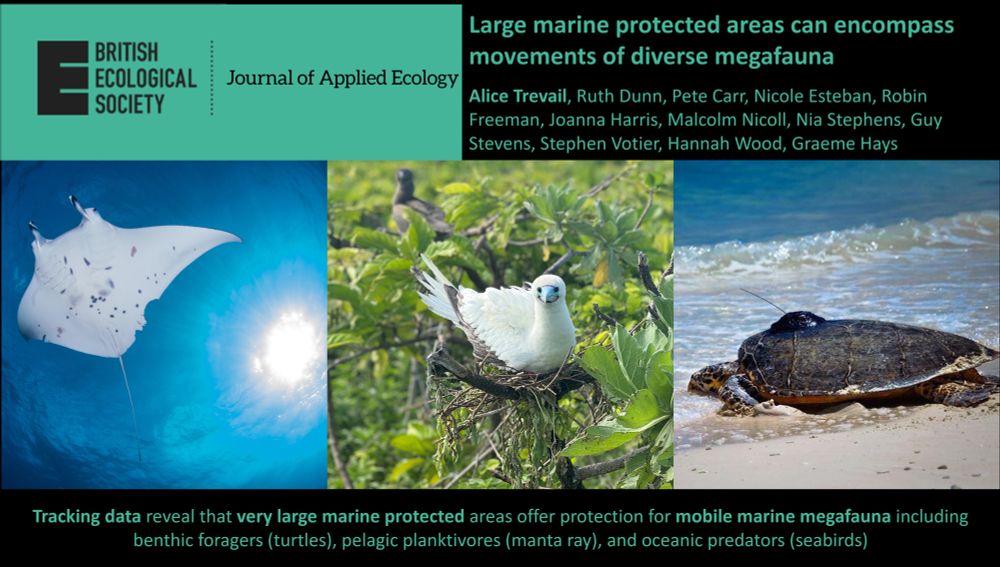
Photos of a reef manta ray, red-footed booby, and a hawsbill turtles with biologging devices attached to them. The journal logo is also featured, alongside the article title and author list. Some text reads: "Tracking data reveal that very large marine protected areas offer protection for mobile marine megafauna including benthic foragers (turtles), pelagic planktivores (manta ray), and oceanic predators (seabirds)".
New research led by @alicetrevail.bsky.social combines tracking data to show the value of large marine protected areas in encompassing diverse megafauna movements 🐢
doi.org/10.1111/1365...
@jappliedecology.bsky.social @iomarinescience.bsky.social @exetermarine.bsky.social @zslofficial.bsky.social
07.08.2025 08:51 — 👍 27 🔁 16 💬 0 📌 0
Nice little thread on some of our recent red-footed booby work 💨👇
07.08.2025 07:52 — 👍 6 🔁 2 💬 0 📌 0
Using lightweight bird-borne cameras, scientists have captured unique footage of Indian Ocean seabirds speeding just above the waves to catch flying fish.
Dr Ruth Dunn (@ruthedunn.bsky.social) of @lec-reefs.bsky.social is lead author of the study.
📰: https://tinyurl.com/yezeyxu2
06.08.2025 08:30 — 👍 48 🔁 20 💬 1 📌 5
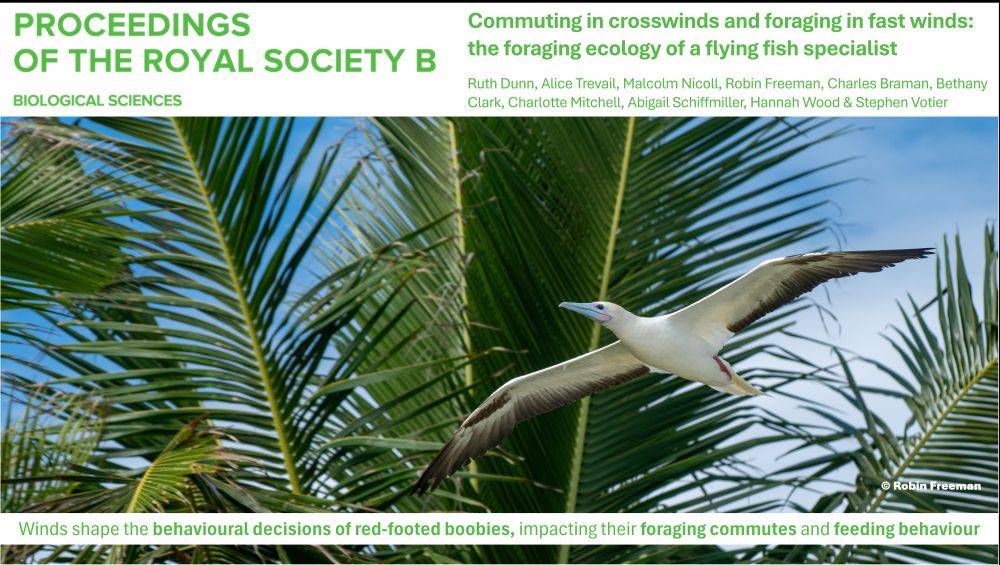
Composite image of the Proceedings B journal title, the manuscript title and the author list, alongside an image of a red-footed booby flying amongst palm trees. Some text reads: "Winds shape the behavioural decisions of red-footed boobies, impacting their foraging commutes and feeding behaviour".
"Commuting in crosswinds and foraging in fast winds: the foraging ecology of a flying fish specialist" 💨🐦🐟
New @iomarinescience.bsky.social research out now in @royalsocietypublishing.org: doi.org/10.1098/rspb...
📸 @robinfreeman.bsky.social
🧪🌍🪶
06.08.2025 09:15 — 👍 50 🔁 31 💬 2 📌 2
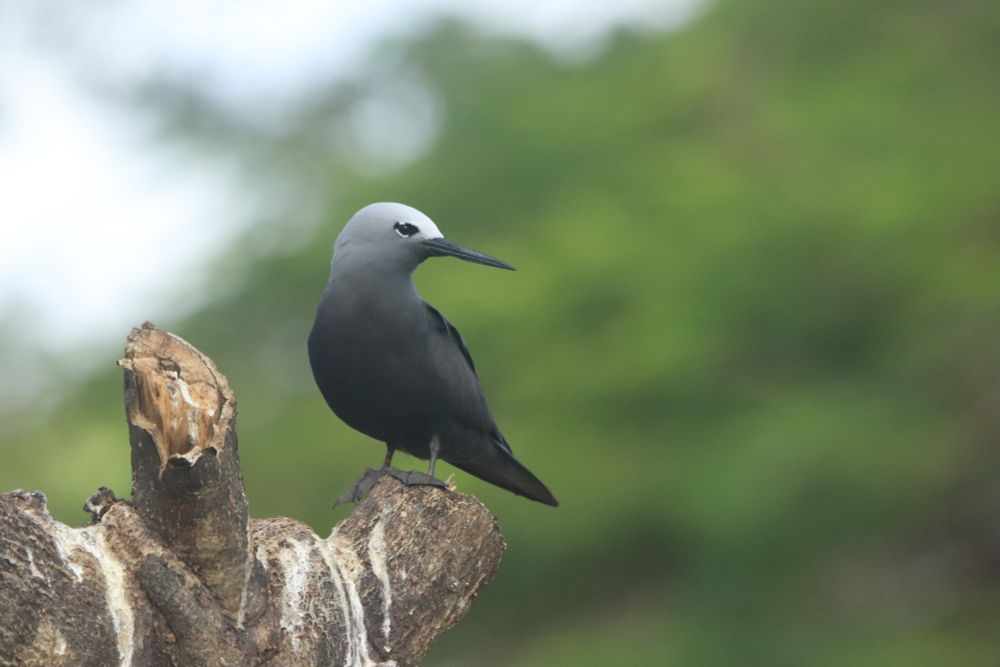
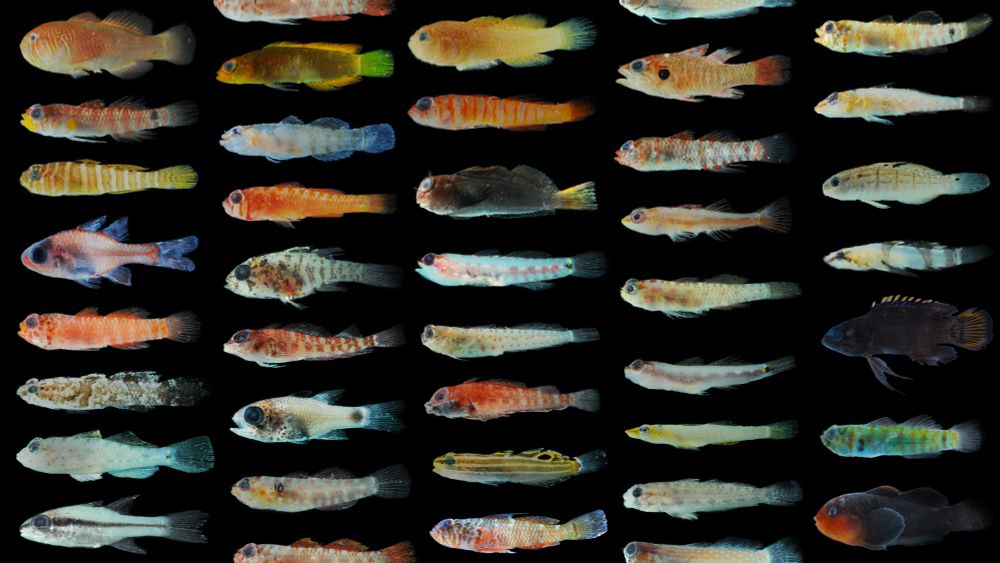
New paper out in Proceedings B! 🔊
Seabirds' impacts on reefs extends even to some of its tiniest inhabitants - cryptobenthic reef fishes 🐠
Near colonies, these fishes assimilate seabird nutrients (💩), grow larger 📈 & more at: royalsocietypublishing.org/doi/10.1098/...
@royalsocietypublishing.org
11.07.2025 15:07 — 👍 48 🔁 15 💬 0 📌 1

Our Special Feature with @aer-ese-bes.bsky.social is now available to read! 🌎🧪
This collection aims to combine the latest insights and provide an integrated road map for ecologically optimal decisions on the energy transition 🛰️
Check it out 👇
besjournals.onlinelibrary.wiley.com/hub/global-e...
02.07.2025 10:58 — 👍 11 🔁 9 💬 0 📌 2
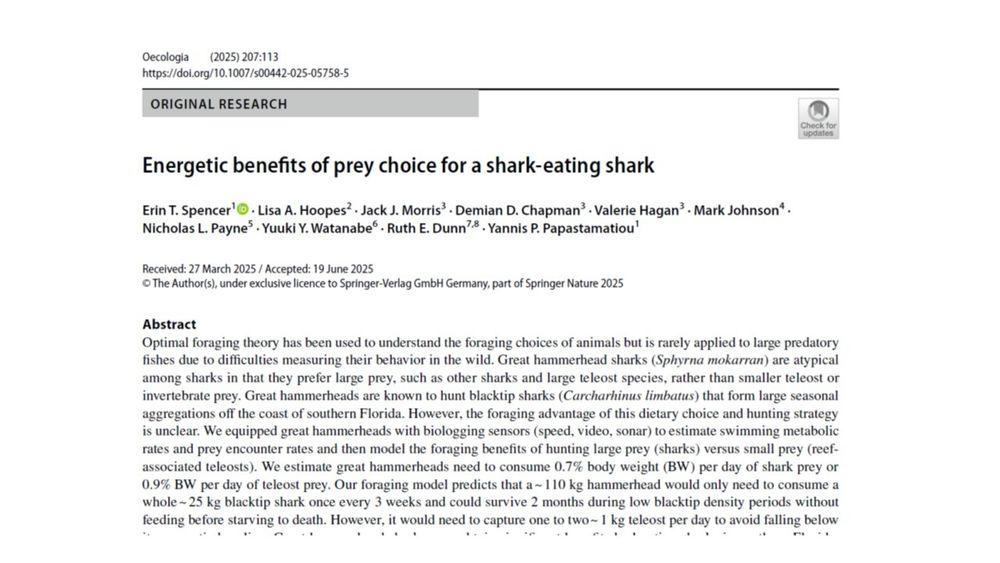
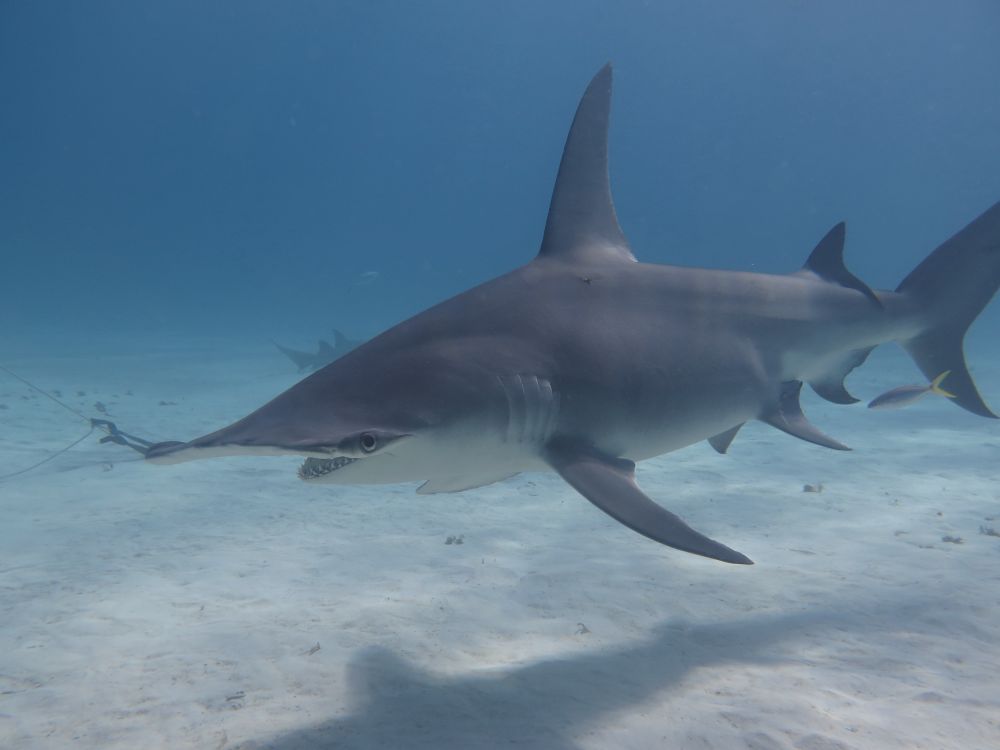
New paper lead by @etspencer.bsky.social We use biologging to understand why great hammerheads may specialize on large prey like other sharks. If they hunt blacktips off south Florida then they probably only have to catch a shark once per month link.springer.com/journal/442
27.06.2025 12:59 — 👍 17 🔁 6 💬 1 📌 0
Yay, well done!! 🦈
30.06.2025 08:52 — 👍 1 🔁 0 💬 1 📌 0
Global database of fish social behaviour. www.ShoalBase.org.
Community-submitted observations from researchers, divers, fishers, aquaculturists, aquarists - anyone who observes fish.
Building a shared resource for research, education, & conservation.
PhD student within CREEM at the University of St Andrews. Statistical ecology, conservation biology, citizen science, birds, etc.
Researcher at CREEM, University of St Andrews. Animal behaviour | conservation | marine ecology | risk assessment | predator-prey #ECOPredS http://www.ecopreds.com
Observation processes in ecology and epidemiology. Lecturer in Statistics at University of St Andrews. Views own. He/him.
Proud of our heritage. Creating a sustainable future. Always making a difference. We are the Faculty of Science, Agriculture & Engineering at Newcastle University
number crunching bird data.
Scotland's first university. Founded 1413.
Useful links: hootbio.com/www.st-andrews.ac.uk
#EverToExcel
Birds & Art | PhD Student studying European Shag foraging behaviour | Previously Northern Isles Bird Obs AW & volunteer.
Marine ecologist, interested in biodiversity change and its functional consequences. Much into algae. Professor at University of Gothenburg, Sweden, and coordinate the project KelpIT (@kelpit.bsky.social).
Avoids flying. Enjoys music, very much!
He/him
Coral reef microbial ecologist and shameless invertebrate enthusiast | Marine Conservation Manager at Oregon Shores | Honorary Lecturer (Asst Prof) in Marine Biology at the University of Essex | Views my own
🔗www.hannah-epstein.com
Diversity and Distributions is an open access, international, biodiversity journal devoted to the advancement of conservation biogeography 🗺️
🔗 https://onlinelibrary.wiley.com/journal/14724642
Tropical marine ecology joint lab between IRD, Univ Réunion, Ifremer, Univ New Caledonia, CNRS
Scientific staff: New Caledonia, Réunion isld, Madagascar, French Polynesia, France
👉 https://umr-entropie.ird.nc
Avian Conservation and Evolutionary Researcher | University of Queensland | #Shorebird conservation along East Asia-Australasia Flyway 🐦
Broadly interested in avian conservation & genomics; previously worked on Antarctic seabirds & Tropical passerines
Assistant Professor, University of Lisbon
#Ornithology #Migration #Conservation #TrophicNetworks #MovementEcology
Seabirds and Offshore Wind Farms. Currently a postdoc at Monash Uni, working on Australian albatross and petrels.
Assistant Professor at the University of Guam.
Coral reef fish. Functional Morphology. Fish Evolution & Ecology
Google Scholar: http://bit.ly/2A7o146
Marine biologist, deep-sea explorer, and unyielding fish devotee🐠.
PhD student at UH Mānoa studying how marine biodiversity supports ecosystem functions and provisions to humanity.
Searching for new sharks, rays, and chimaeras🦈
He/Him 🇮🇳🇮🇹🏳️🌈🕎
Senior Editor for Nature Reviews Biodiversity
(@natrevbiodiv.bsky.social). Cat dad, climber, cook, gamer and reader.
He/him
Postdoctoral Fellow focusing on marine ecosystem functioning from temperate reefs 🌱 to tropical ones 🪸 | Diver 🤿, Bodyboarder 🌊 and Swimmer 🏊🏼.
📍Currently based at @ba.ieo.es 🇪🇸
🌐 https://jaycrlt.github.io
postdoc @UiTromso | arctic sustainability | marine ecology | animal movement | spatial ecology | biodiversity | foraging behaviour | she/her | 🏳️🌈













